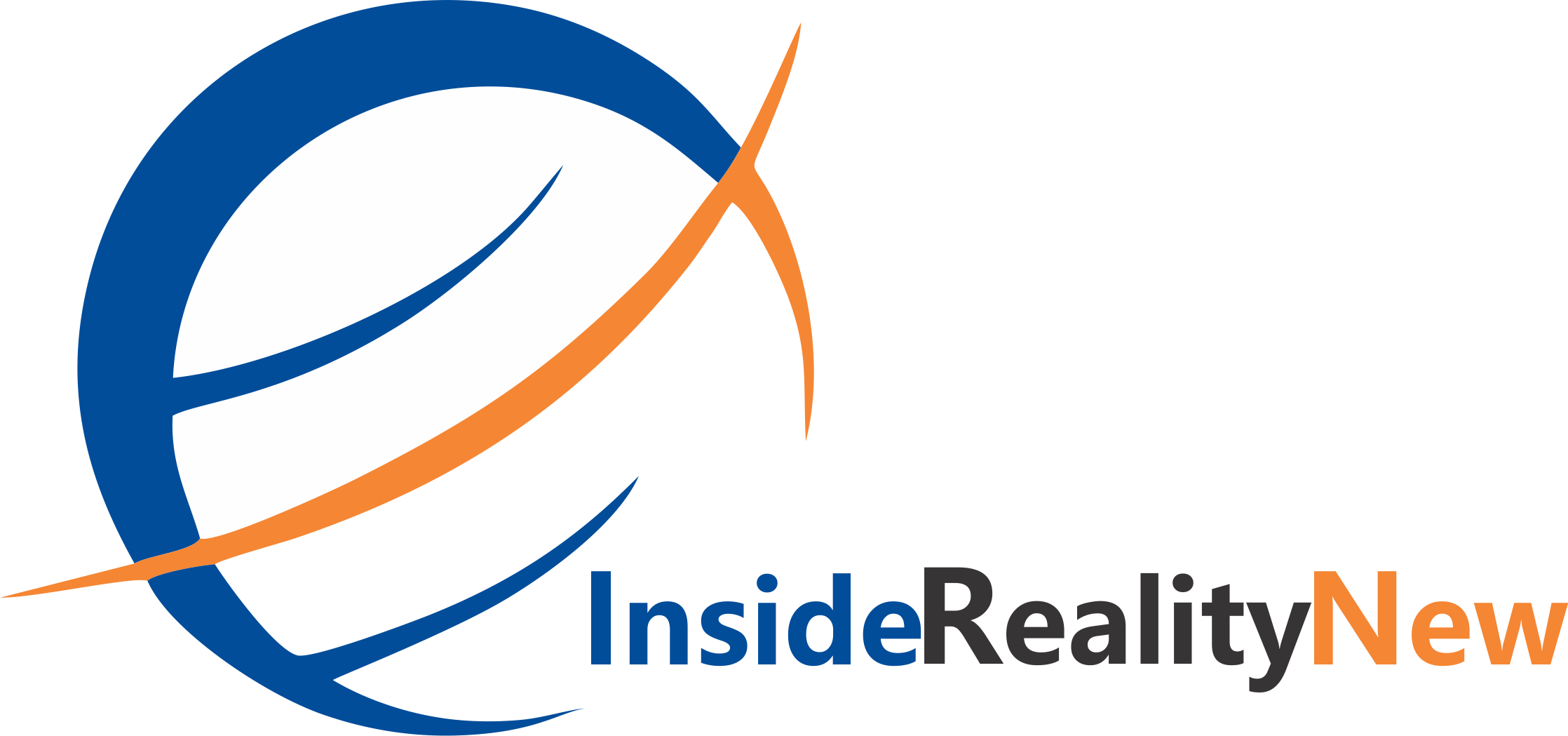Google Searches For “Mortgage Help” Skyrocket to Highest Point Since 2009
“Debt Is the Common Thread Behind Rising Consumer Stress”
Adding fuel to the imminent foreclosure scenario is legal search data. Foreclosure-related legal inquiries jumped nearly 30% year over year in Q2 2025, according to LegalShield, a subscription-based service for legal help, as reported by Mortgage Professional America.
“Debt is the common thread behind rising consumer stress,” Matt Layton, senior vice president of consumer analytics at LegalShield, said in a statement. “Whether it’s missed mortgage payments, maxed-out credit cards, or mounting buy-now-pay-later balances, debt-fueled household spending is forcing people to ask a lawyer for help.”
Data from the Mortgage Bankers Association (MBA) shows a similar trend: Mortgage delinquencies are trending upward. In Q1, the MBA reported a delinquency rate of 4.04% on one-to-four-unit residential properties, up from the previous quarter, and foreclosure actions increased from 0.15% to 0.20% of all loans. Commercial and multifamily delinquency rates also increased in the second quarter of 2025.
MBA’s Marina Walsh noted, “The overall national delinquency and foreclosure rates remain below historical averages for now,” but “foreclosure inventories increased across all three loan types.”
Foreclosures Are Up in Certain Markets
In July, nationwide foreclosures increased by 13% from the same period a year ago, according to data analytics firm ATTOM.
“July’s foreclosure activity continues to trend upward year over year, with increases in both starts and completions,” Rob Barber, CEO of ATTOM, said in the report. “While rising home prices are helping many owners maintain equity, the steady climb in filings suggests growing pressure in some markets.”
Why the Housing Market May Not Be About to Hit Free Fall
Despite the data signaling that a foreclosure tsunami might be imminent, certain buffers might yet prevent a free fall.
First, as of August, over 81% of homeowners still have an interest rate below 6%, and they are not going anywhere. This is a marked difference from 2008 and 2009, when many homeowners had risky adjustable-rate mortgages.
Safety-valve protection measures proposed by the U.S. Consumer Financial Protection Bureau (CFPB) could pressure mortgage lenders and services to exhaust loss-mitigation options before initiating foreclosures.
“When struggling homeowners can get the help they need without unnecessary obstacles, it is better for borrowers, servicers, and the economy as a whole,” Rohit Chopra, the agency director, said in a statement last year. Although, if recent modifications to disaster relief are anything to go by, these safeguards could change going forward.
Third, many homeowners are sitting on a significant amount of home equity, which could offer an additional buffer against mortgage payment challenges.
“Roughly 48 million mortgage holders had tappable equity, with the average homeowner holding $213,000 in accessible value,” entering the third quarter of 2025, the August Intercontinental Exchange (ICE) Mortgage Monitor report noted. Overall, borrowers went into the third quarter of 2025 with $17.8 trillion in equity, around $11.6 trillion of which is usable (while maintaining the traditional 20% equity cushion most lenders require).
Although borrowing from your home to pay the mortgage on your home is never advisable, in a pinch, it could provide homeowners with some breathing room to allow them to find a new job or rental accommodation while deciding to rent out their own residence.
From Rate Stress to Payment Stress
With interest rates falling over the last few weeks, the Mortgage Bankers Association said that 60% of all mortgage applications in the week ended Sept. 12 were for refinancing, the highest level since March 2022. Tapping into home equity through cash-out refinances, when not done correctly, can lead to increased debt and added pressure in making payments.
Final Thoughts: Strategic Moves for Investors in the Foreclosure Cycle
Depending on a deluge of foreclosures to fall in your lap or make national headlines might not be the most practical way to find distressed and under-market-priced properties. Instead, combining a mosaic of moves could bring tangible results. These involve:
Track early indicators locally
Not all markets are experiencing the same foreclosure pressure. Monitoring Google Trends and legal inquiries service data in regional markets will give you a more accurate snapshot.
Stay ahead of the curve by looking at distressed-adjacent zones
Once a neighborhood makes the headlines for foreclosures, chances are it’s already been picked over by savvy investors. Track neighborhoods outside of the hardest-hit ZIP codes, which may be next in line when the spread tightens.
Model multifactor stress scenarios
David Burt, founder of investment firm DeltaTerra Capital, was immortalized in the book and film The Big Short for predicting the 2008 housing crisis. Earlier this year, he sounded the alarm about the next housing crisis, fueled by insurance costs in disaster-prone areas that are most vulnerable to climate change.
Incorporate climate shock modeling, local unemployment, and payment stress into your predictive modeling.


